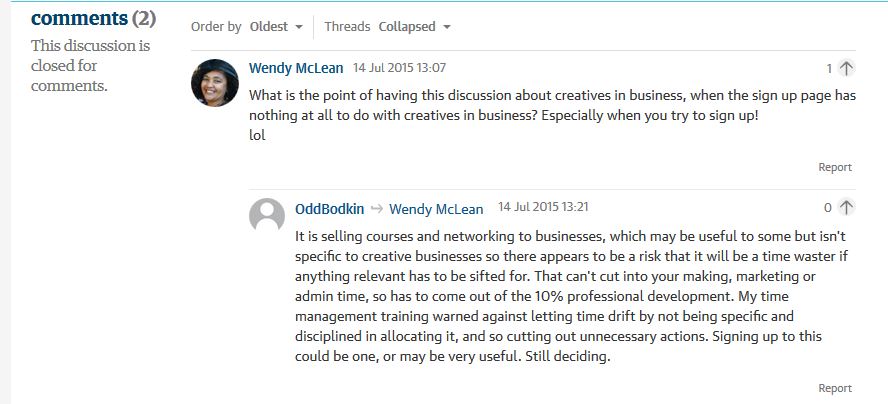Last week I attended the Arts Midwest conference in Kansas City, MO. From what I saw of the city, it can still lay claim to the appellation, “Paris of the Plains.” The Helzberg Hall at the Kauffman Center left most attendees amazed and a little green with envy.
I ended up staying at the gorgeous Hotel Phillips which I was excited to learn has its own artist in residence.
Building Public Will For Arts and Culture
The conference session that unexpectedly grabbed my attention was Arts Midwest President David Fraher’s session on Building Public Will for Arts and Culture where he presented the results of the research findings on the subject.
If nothing else, the session reconfirmed the value of attending live performance over recorded because Fraher provided a good deal of insight and nuance that doesn’t come through when reading the report.
Essentially, building public will for arts and culture involves something of a reversal of the current focus in favor of grassroots efforts. As an example of what is envisioned being needed, Fraher and the report cite the way smoking bans emerged.
The Surgeon General never changed the advertising message that smoking and second hand smoke was bad for you, it was a grassroots desire not to have one’s health impacted by second hand smoke that brought about the change in laws. From the research results report:
For years, those seeking to reduce the incidence of smoking found themselves stymied. Facts and data about the harmful effects of smoking had motivated some to quit, but had failed to create fundamental change in social norms, systems, and policies. The facts were compelling, but they were overpowered by opponents who framed the issue in the context of individual freedom (i.e., “I have the right to smoke if I want to; I’m not hurting anybody.”).
Even the growing body of evidence around second-hand smoke had difficulty finding fertile ground until advocates realized they could reframe the same core argument to their own advantage (i.e., “I have the right to be protected from exposure to smoke.”). Co-opting the individual freedom value—backed by facts and data—allowed the sustainable changes in policies and systems that we experience today.
Fraher noted that currently, the arts and culture community generally put their effort into effecting one time change vis-a-vis staving off government policy decisions rather than long term, enduring change.
When you want to effect immediate change, you put 80% effort into advertising and 20% into grassroots. To effect long lasting change, it is reversed. 80% effort goes toward grassroots effort and 20% effort into advertising. Engaging in the latter course they are advocating will therefore require a shift of mindset and priorities in the arts and culture community.
One of the central precepts in this effort is a focus on community values. This means asking what do the arts have that align with community values rather than focusing on what the arts value and looking at what the community has that aligns with them.
Arts and Culture Are Poison
Among the findings that caused the biggest reaction in the conference session was that the term “arts and culture” is poison and turns people off, keeping them from entering the conversation. The perception is Art is something someone else does. Something to be watched passively that is inaccessible and intimidating. The search found that “creative expression” has a more positive association that opens the door to a conversation that eventually ends up at a discussion of art.
While they don’t suggest scrubbing every mention of art and culture from your conversations and literature, they do say it may be some years before the terminology trends back to a positive association.
People feel that creativity is part of who they are. They may not call themselves creative, but once they start to talk about what they do, they will admit they engage in creative expression. Even if people don’t feel they are creative, they apparently have an easier time envisioning themselves capable of creative expression than envisioning themselves creating art. (Again, the idea that art is something other people do.)
Another term that turned people off was “diversity.” It is better to promote an event as providing an authentic experience rather than providing/promoting cultural diversity.
Personal Health, Not the Economy
When talking about the benefits of an experience, mentioning that the arts improve the economy, make kids smarter and brings safety to communities are arguments that work with policy makers in government and foundations, but don’t really have resonance with individuals.
Generally people believe creativity makes them less stressed, happier, healthier and more connected with family and friends. (One thing Fraher emphasized was that family was family of choice rather than biological immediate family.) It probably comes as no surprise that despite the appearance of hyperconnectivity, research has found that there is currently a crisis of loneliness, perhaps the greatest in history. So promoting arts and culture in the context of health, relaxation and connectivity is more effective messaging.
The study cites the NEA’s finding that not having someone to attend with is a significant barrier to attendance. Fraher commented that they weren’t suggesting arts organizations start a dating service, but since I and others are experimenting with something along those lines, I would suggest not dismissing the idea too soon.
Survey and focus group respondents also had a strong, positive reaction to the idea that creativity helped one connect with oneself, but would back way from their initial enthusiasm out of apparent embarrassment that it made them sound self-centered. (Most frequently among parents with young children.) Appropriate subtlety and restraint may make this another effective approach to take.
Not Everyone Who Values The Experience Is Attending
As the effort to build public will for arts and culture moves forward, the key audiences it will focus on are women, young people and people of color. The study found strong interest among all these groups. Fraher joked that he felt bad for women because according to the study, men didn’t like to do anything. Men would respond that they valued spending time with their family, but when asked what they did with their family, they indicated Nothing in every category.
Fraher commented that there was a disconnect between the groups that say attendance is important and the groups that are currently actually attending. For example, there were a large number of responses in the under 40 category that said attendance at art performances, festivals, etc, were important to them but obviously the demographics found in arts venues track older. The lack of connection is due to familiar barriers of time, money, no one to attend with, etc.
One Message, But Not One Ad, To Rule Them All
The plan for the National Engagement phase for building public will is to develop a more unified message and create tool kits for groups to use. The expectation is that it will take at least 8-10 years before any type of measurable results begin to emerge.
Fraher mentioned a desire to be agile and share the messaging that works in one community with other communities. In what I felt was an indication that they understood what the research was telling them, he re-emphasized the focus on the grassroots nature of the effort saying that there wouldn’t be single national ad buys disseminating whatever the effective messaging might be.
While there was a lot in David Fraher’s presentation that doesn’t appear in the research results report, there are some interesting observations in the report that didn’t come out in the hour he had to talk about it. I am trying to decide whether I am going to do a second post on those parts of the report or not.
But don’t wait for me to decide, give it a look.
(When I originally posted, I identified KC as Paris of the Prairie rather than Paris of the Plains. Chicago and Saskatoon have both been called Paris of the Prairie.)





I've been to a few of the Science on Tap events, though I never gave a talk at one of…